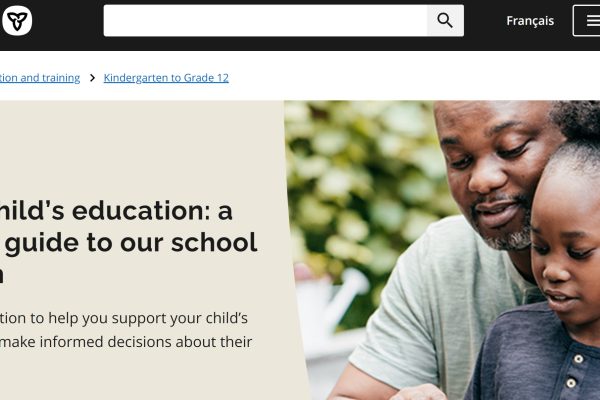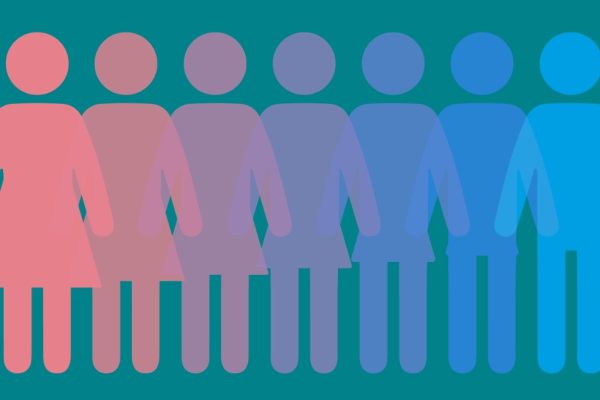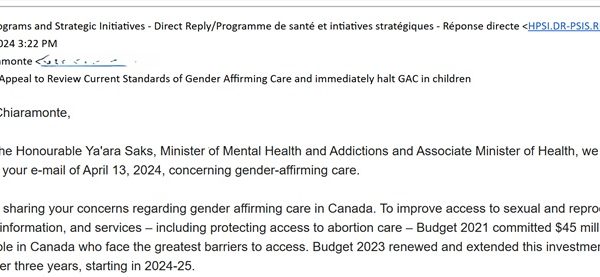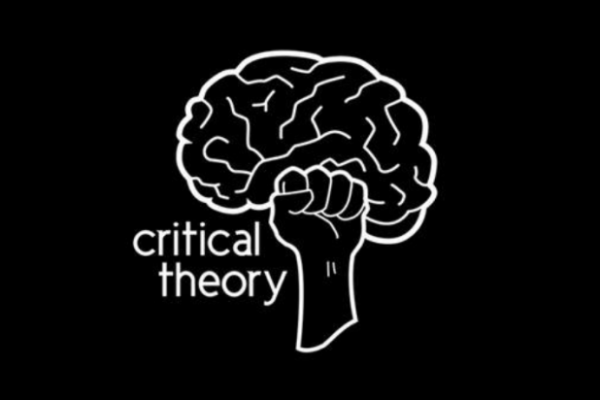Case Dismissed
The Human Rights Tribunal of Ontario (HRTO) did not find that my daughter’s case vs OCDSB met the criteria for “direct discrimination” and their reasoning was that our daughter was not denied access to education services. They also found our argument that the repeated pattern of instruction in gender identity theory resulted in a poisoned environment and the direct statement (at least once) by the teacher that “there’s no such thing as girls and boys” was adequately corrected; by the teacher using a gender spectrum as a further teaching tool with 6-year-olds and without any recognition of biological sex as a relevant and important personal characteristic.
My husband and I approached the school 4 ½ years ago to advocate for our daughter because she had clearly become distressed about how her teacher was instructing her Grade 1 class on the topic of gender. We had not been overly concerned about the “sex-ed” curriculum prior to this experience, but now we’re committed in our belief that children deserve factual and balanced education when it comes to the topic of personal identity. Recognizing that children have a sex, for example, was deemed “not necessary” by the school board and this was noted without disagreement in the ruling.
The ruling also gave the teacher the benefit of the doubt over our testimony as NB’s parents as to her state of distress. The ruling declared that “cognitive dissonance (that a child might experience) “is simply a part of living in a diverse society” and “a part of growing up” and “arguably necessary if children are to be taught what tolerance itself involves.”
Exposing the new dogma
Taking this action helped expose the reality of what’s going on in our schools with the full support of the school board administration, and now it seems, the HRTO. Most parents are under the mistaken assumption that what happened in our daughter’s class was the act of a “rogue teacher”. We had initially thought so as well, and friends and neighbours suggested filing a complaint because this teacher must clearly be teaching “outside the curriculum”.
It turns out that replacing a child’s understanding of themselves in terms of their sex with something called “gender identity” (which can be fluid or not fluid depending on who you ask and what you’re asking about) IS the curriculum – a curriculum within the curriculum.
Perhaps unsurprisingly, the HRTO has used our case to double-down on their support for gender identity. Had we won our case, it would have meant an admission from the Human Rights Commission that their own policies had overlooked some critical pieces. This, it seems, is not in the cards.
“Everyone has a gender identity”, the ruling declared. This statement in and of itself conflates sex and gender. That some people declare they have a gender that is different from their birth sex is an observable fact. Beyond that, it is not possible to prove or assert that gender identity applies to everyone. To do so requires that you ascribe sex and gender identity the same meaning, which is not reflected in the HRTO’s own policies. They don’t seem to be bothered by that particular discrepancy.
HRTO Reveals Bias
Our hearing presented the HRTO with an opportunity to reflect on the harmful effects that gender identity theory can have on children. Instead, their characterization of our proposed public interest remedy reveals that they have no interest in helping schools ensure they adopt a rational approach to gender that ensures a safe and inclusive environment for all.
The Tribunal ruling made an “exception” in commenting on the remedies that we were asking for. The guardrails we proposed are based on recent British Department of Education guidance that recognizes the sensitive nature of discussions on the topics of sex and gender in schools and sets out very reasonable parameters.
The Tribunal ruling refers to them as “complex and detailed” and mischaracterizes them completely by suggesting they ask “that the school board be directed to avoid the issue of gender fluidity”.
The intent of the guardrails is not to avoid the issue of gender fluidity, but ensure that it is discussed factually, at an age appropriate level and without reinforcing harmful gender stereotypes or suggesting that one’s sex is a fiction.
We also noticed several glaring mistakes in the ruling, including the suggestion that Aaron Kimberley is an expert in genetics. Was our expert witness ruled out because the Adjudicator thought we were proposing an expert in genetics!? Good Lord.
We proposed Aaron (a trans-man who happens to have an intersex condition and has clinical experience supporting trans-identified youth) as our expert witness because of this background and his studies and deep knowledge of queer theory. Queer theory is the root of the issue we had wanted to explore because of its insidious influence in our culture and social institutions. And insidious it continues to be.
Guardrails Needed
Regardless of the outcome, we stand by our call for guardrails on how teachers can instruct the topic of gender in the classroom.
Our proposed guardrails were adapted from recent updates in Britain:
That the Tribunal instruct the Board to develop publicly available guidance on the sensitive topics of gender and biological sex to ensure that any discussions and/or the use of teaching materials and/or the use of third party organizations do not:
i) reinforce harmful stereotypes, for instance by suggesting that children might be a different gender based on their personality and interests or the clothes they prefer to wear;
ii) influence a child’s identity formation by giving preference to understanding oneself in terms of gender identity over understanding oneself based on one’s biological sex observed at birth; or
iii) suggest that the sex categories of male and female do not exist or exist on a spectrum.
Further, that the Board ensure resources used in teaching about this topic be age-appropriate, evidence based, and avoid suggesting to a child that their non-compliance with gender stereotypes means that either their personality or their body is wrong and in need of changing, while always treating individual students with sympathy and support.
What Now?
I’ve been reflecting in the past weeks about what good can come from this, even with a decision that is not in our favour. I started Canadian Gender Report after my husband and I decided to go public with our daughter’s case. And the number of people who reach out looking for support or information continues to surprise me.
I’ve met many parents, mental health clinicians, physicians and others who are concerned about the drastic and unexplained increase in the number of mostly girls identifying as something other than their birth sex and seeking medical transition – most of them “non-binary” or some other variation of this in between place that can be found if you think (and are taught) that gender exists on a spectrum. Not to mention all the re-inforcement of this idea in our culture and social media environment that children are able to access.
If the reason for this was “greater societal acceptance” then the numbers of people declaring a trans identity would be constant across age groups. This is not the case, with adolescents and young people experiencing a drastic and unexplained increase.
Just this summer for example, I was contacted by several young people who have “woken up” from their own experiences following the gender identity rabbit down the rabbit hole.
I spoke with a young man a few weeks ago who still goes by his chosen feminine name and faces a very difficult time at work and simply existing in society. He told me he knew right after the surgery that he had made a mistake. He found me through Canadian Gender Report and our network has tried to find him appropriate therapy and support.
Another recent inquiry is from the family of a young woman who would like her breasts back. She’s in her early 20’s and living on disability with severe anxiety that she has had since she was a child. She was able to access transition services without a problem. Trying to get help and support to transition back is turning out to be not as easy. Stay tuned for a possible fundraiser if she has to travel out of province to access care.
It’s these types of situations that keep me going and help me know that Canadian Gender Report is a necessary and worthwhile endeavour.
But that’s actually a very big problem, isn’t it?
Should it not worry all of us that people are finding Canadian Gender Report because they have no where else to turn!? These are extremely serious and sensitive situations. Canadians in this kind of situation should be able to turn to therapists and physicians for help – and feel free to have a conversation with a neighbour or friend about what they’re going through. What is happening here in Canada and why?
Until we come to terms with the answers to this question, there will be much need for those of us willing to stick our heads above the parapet.
Image credit: www.palmettopromise.org





I’m sorry the Tribunal didn’t agree with you. Honestly, I would have been absolutely shocked if they had. My understanding is that they have a reputation for being the wokest of the woke.
Those of us who can MUST flight back publicly, and those of us who can’t MUST do so in other ways. I can’t be public, as I have a trans-id’ing kid, but I have printed out articles for the family doctor, whom I trust, I’ve sent emails and articles to the school, met with the administrators, and fought back in my place of work whenever I can. I feel like the tide is turning in other places, but we, Canadians, are so darned *nice* that we’re scared of being perceived as inhospitable or intolerant, even when we’re not actually saying anything of the sort. If/when I can go public, I will do so with guns blazing (metaphorically speaking). I am so sick and tired of this.